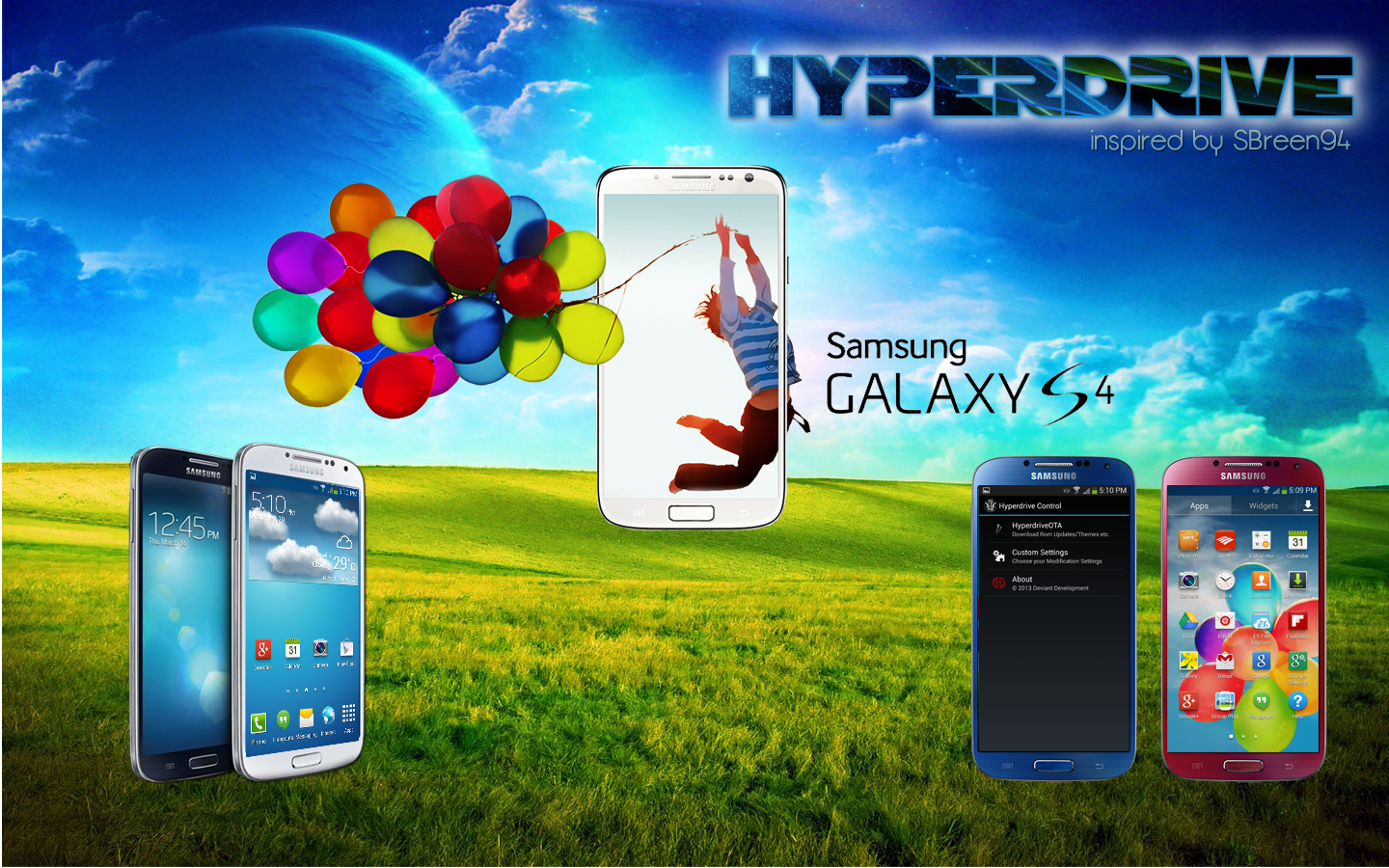Smartphones
At the top of today's handset pecking order is the smartphone. These devices typically have the most power and top-notch components such as processors, memory, screens, and connections to fast wireless data. By definition they run true mobile operating systems such as Apple's iOS, Google's Android, and Microsoft's Windows Phone. They also support downloadable applications via virtual stores tied to their associated software platforms. Because of all their capabilities, smartphones are usually the most expensive phones on the market.
At the top of today's handset pecking order is the smartphone. These devices typically have the most power and top-notch components such as processors, memory, screens, and connections to fast wireless data. By definition they run true mobile operating systems such as Apple's iOS, Google's Android, and Microsoft's Windows Phone. They also support downloadable applications via virtual stores tied to their associated software platforms. Because of all their capabilities, smartphones are usually the most expensive phones on the market.
Basic phonesMessaging or feature phones
One step below smartphones, feature phones strive to offer many of the same abilities that their more pricey siblings do. Instead of popular mobile operating systems, these gadgets run proprietary software crafted by hardware manufacturers -- for example, Samsung or LG. Many feature phones tend to be made primarily for text messaging and e-mail, sporting full QWERTY physical keyboards.
There are plenty of people who have no interest in viewing full desktop-quality Web pages or running apps on their mobile device. Simply put, they just want a phone for making, well, phone calls. For these folks a basic phone fits the bill. While basic handsets have been eclipsed by smartphones, they're uncomplicated, use traditional simple keypads, and are designed to one thing. That's to make and receive voice calls reliably and with excellent audio quality. Key components


0 commentaires:
Enregistrer un commentaire